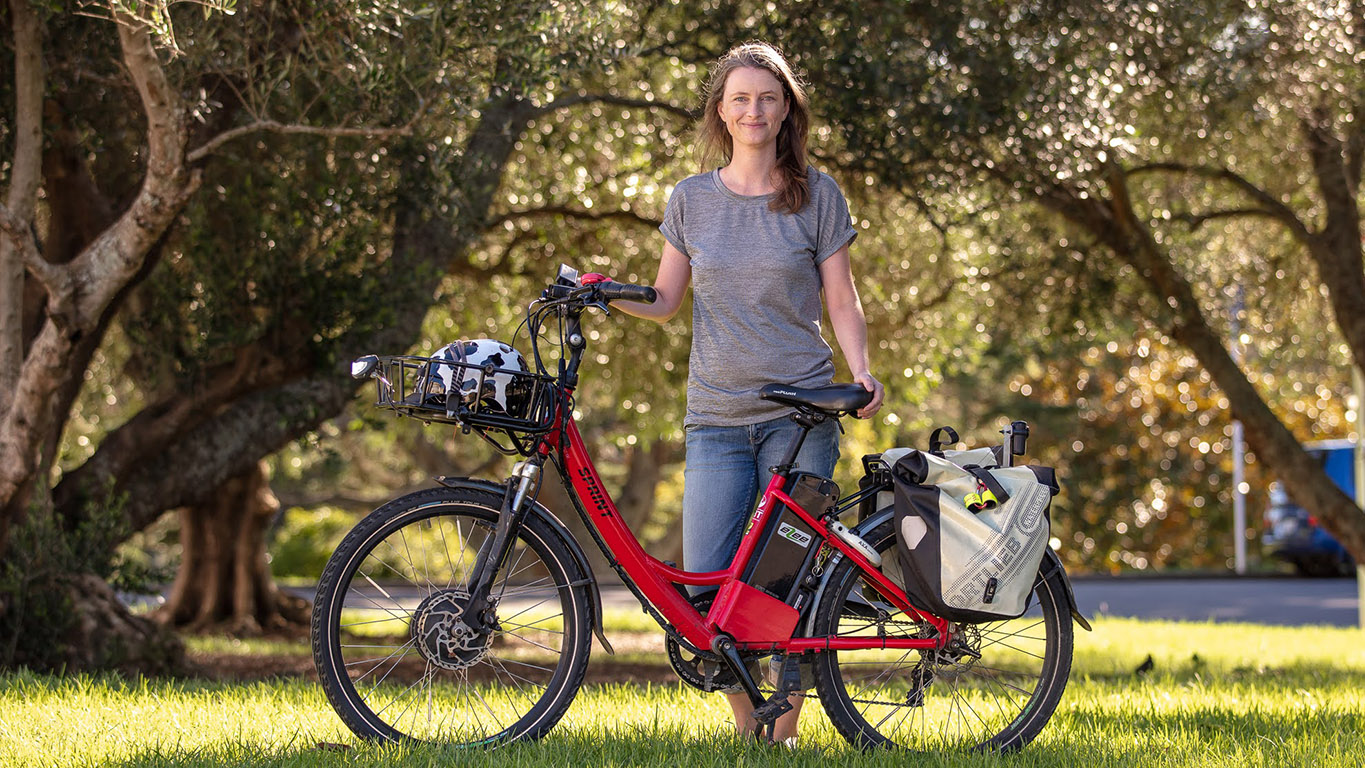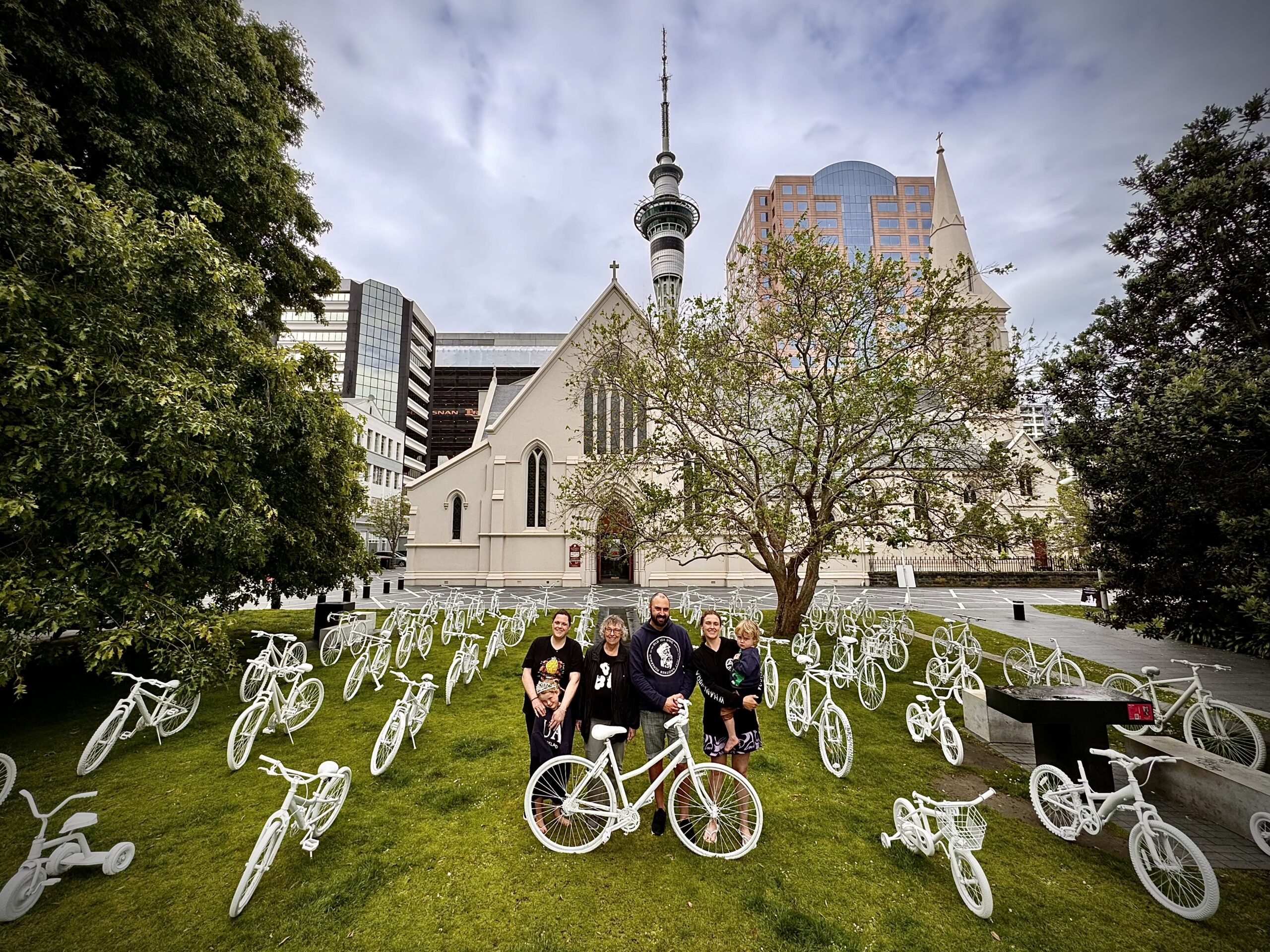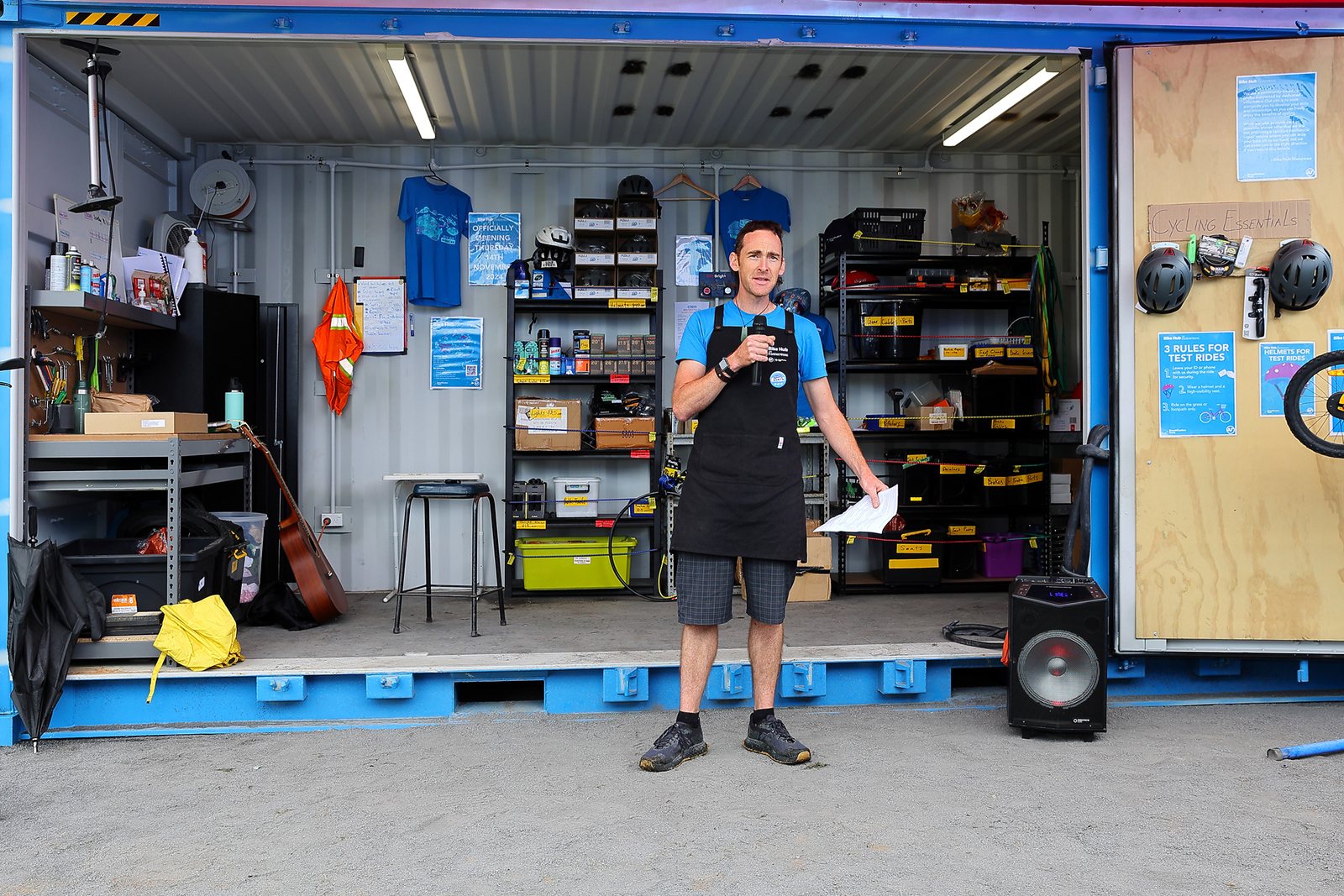May 30th is the anniversary of when Auckland Harbour Bridge was opened, and the key date for many rallies and demonstrations for walking and cycling access. Although one of the original designs for the bridge included lanes for walking and cycling, they were left out when it was built. It’s been 64 years and we still do not have an accessible option for walking, scooting, and cycling 5 minutes across Te Waitematā (between the North Shore and City Centre).
To commemorate the bridge’s birthday Megan Harvey of Bike Henderson tells us her story of choosing to ride a bike for transport, and the many times she has heard “you shall not pass!” along the way.
As a person who rides a bike in Auckland, I’m getting used to being told ‘no’.
I remember being about 9 years old, standing in line with my bike – she was a pink and white two-wheeler and called Zap after the pony I pretended she was – with the rest of my classmates, on a hot netball court. We were all pretty excited to be sitting our bike licenses under the watchful eye of the local community constable. I remember the smell of heated tarmac as my classmates and I completed loops of the court, weaving our way through a circuit of little orange cones, wobbling a bit as we used one hand to steer while the other completed the hand signals for turning and stopping.
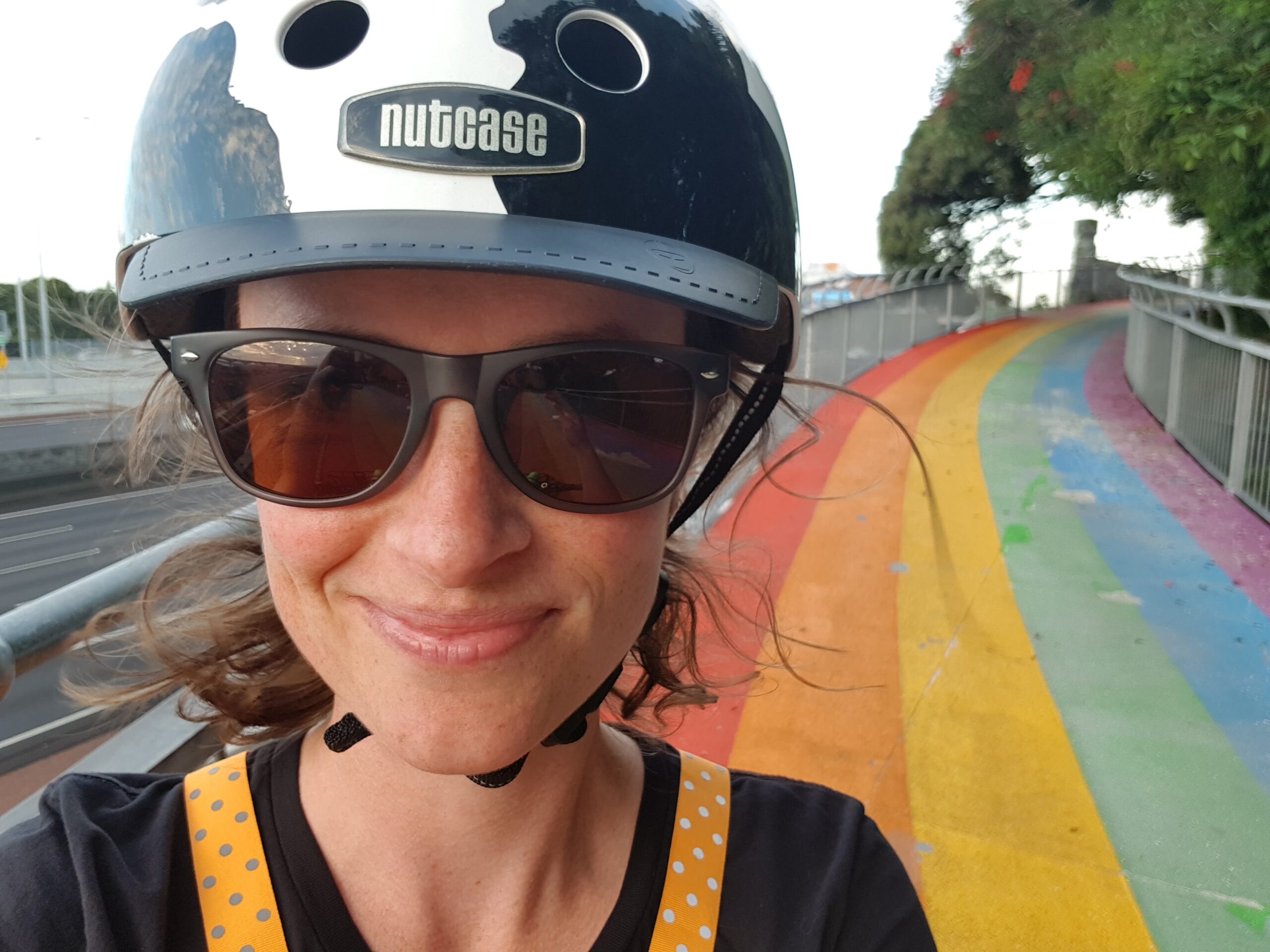
I was so proud of the certificate I earned that day, proving that I’d passed the test and was now able to ride my bike on the road. I had dreams of cruising along the streets of Birkenhead, my school bag in a cool pink bike basket, as I made my way to primary school and back again. Sadly, these dreams were crushed by my all-too-practical parents, who probably had visions of me and my bike meeting one of the Chelsea Sugar Refinery trucks that regularly roared up and down my small street, and coming off second best.
That was my first ‘No, you shall not ride!’ moment, but it was definitely not the last.
I was stuck in that trap of having a bike which was technically not allowed on the footpath, and having nowhere else that wasn’t dangerous to ride. It’s illegal in New Zealand to ride a bicycle on footpaths unless you’re delivering mail, or the bicycle has wheels less than 35cm in diameter – which is about the size of a dinner plate, and much smaller than the wheels on most kids’ two-wheeler bikes – even those ridden by excited 9 year olds.
In fact, until about 6 years ago, I was a person who went pretty much everywhere by car. I lived in West Auckland and worked in Newmarket, and so every weekday I was one of thousands of people in a car, crawling along the motorway, raging not-so-silently at the enormous queues of traffic.
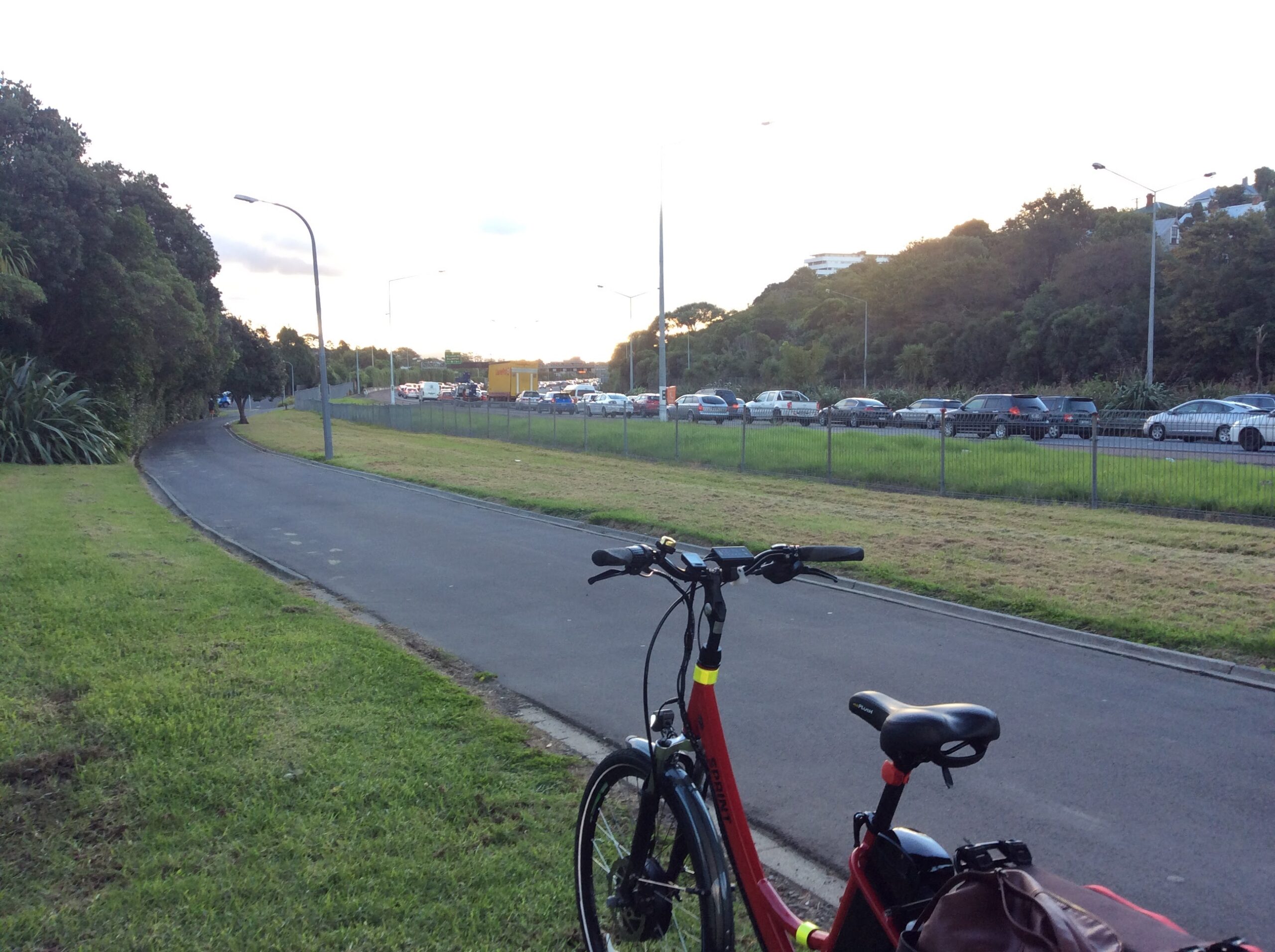
This all changed when I moved into a place in Parnell, and I realised that it was quicker to walk to work than to drive. This was a mode of transport I hadn’t really experienced since primary school, and I quickly fell back in love with commuting without getting stuck in traffic. I could stroll along the footpath, listening to music and drinking a coffee, and know that I’d get to work at exactly the same time that I had every day previously. No hold-ups, no unexpected break-downs, no stress. Sounds like a great way to commute, yeah?
Auckland rental markets being what they are, I soon moved back out to west Auckland, but having had that experience of not getting stuck in road-rage-inducing traffic every morning, I wanted to find an alternative to commuting by car. I had an old push-bike in the back of the shed, which I’d inherited from a friend, but I’d never even thought that riding a bike could be a form of transport. Without that experience of being a pedestrian commuter it never would have crossed my mind.
I was living in Kelston, which meant that there were several huge busy roads between me and the nearest cycle path. My solution was to ride (carefully!) to the New Lynn train station, then catch the train with my bike to Grafton, and then bike the rest of the way to work. This was the cycle-commuter equivalent of dipping my toes in the bath water to see if it was not too hot.
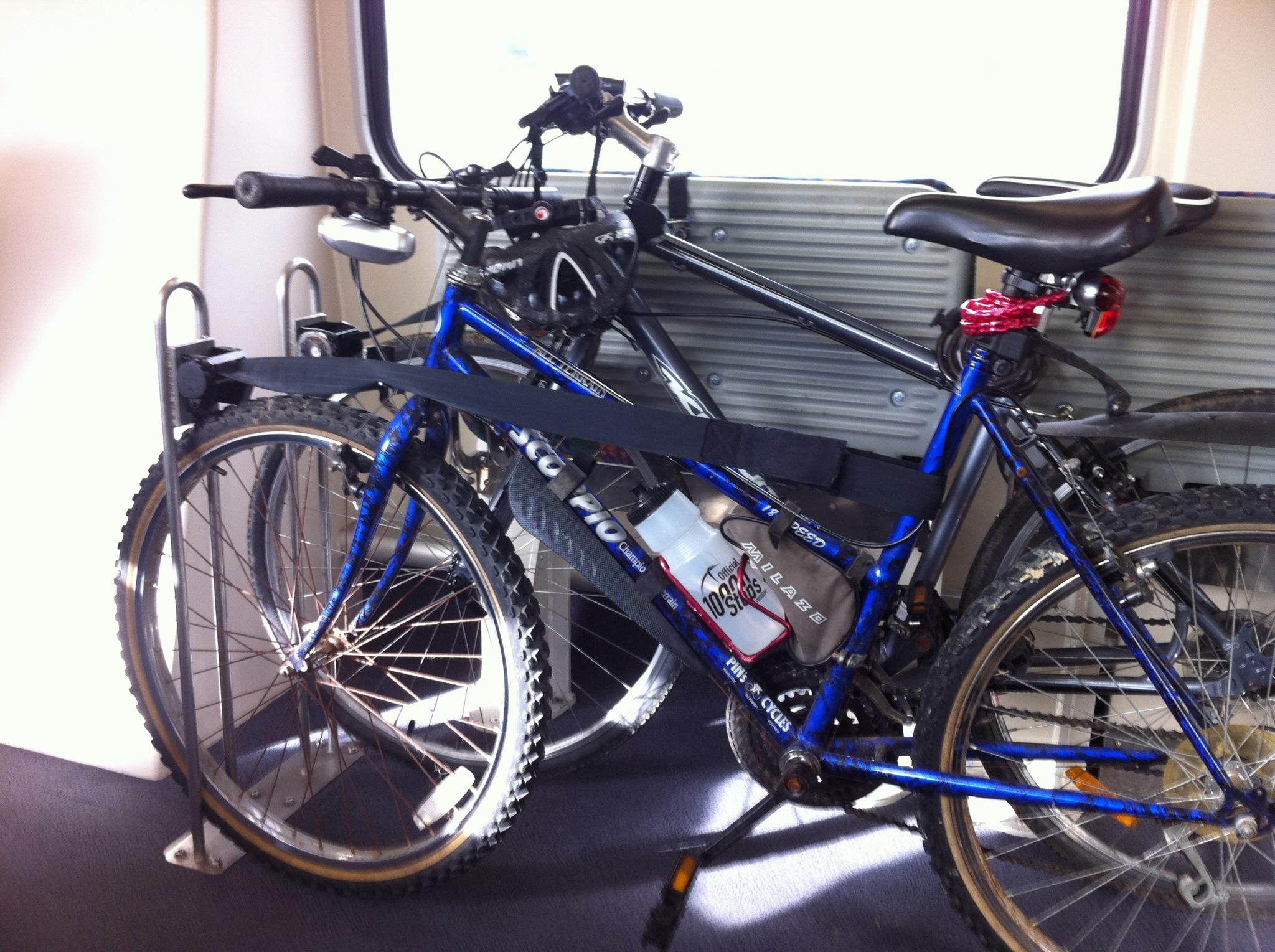
Were the roads really so scary?
Yes, they definitely were in places! But I soon found alternative routes that were safer and calmer. I also got more confident at riding on the bigger roads, as my bike skill level increased and I got used to riding on the road with traffic.
Would I get lazy when it rained, and drive instead?
No, I actually stuck with the bike-train-bike, as it was much more relaxing than fighting my way from New Lynn to the motorway in my car, even when it was cold and wet. In fact, on those rainy days the bike-train-bike was a faster, more reliable commute than driving, as it seems that many Aucklanders choose to drive in wet weather, which quickly clogs up the road network.
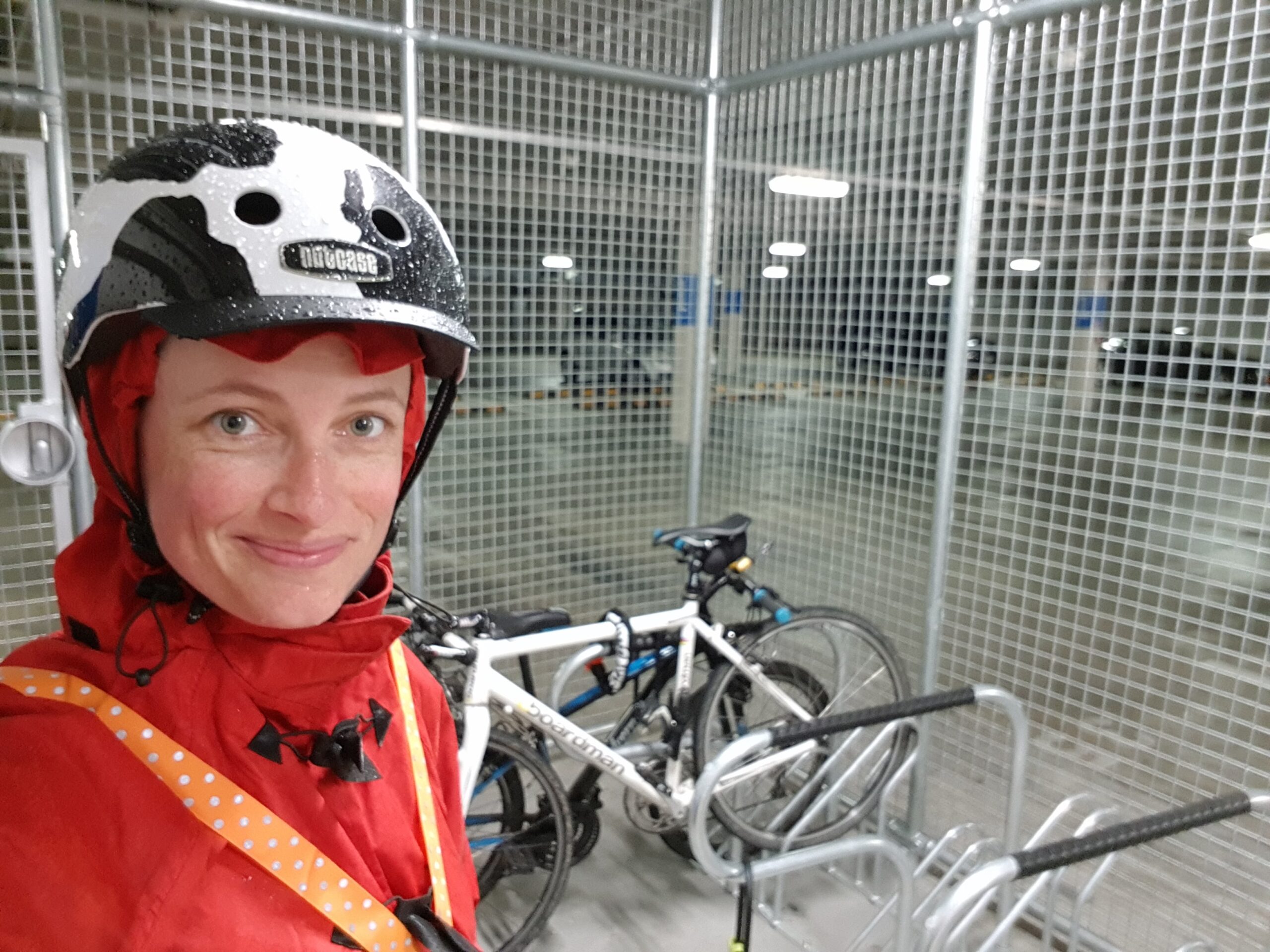
I eventually upgraded to an e-bike, and started cycling the whole way from New Lynn to Newmarket, along the magestical northwestern shared path. This amazing piece of active transport infrastructure (broken, narrow and janky as it is in parts) was what made it possible for me to imagine a future where I could bike directly to and from work, no train or car required. If that pathway didn’t exist, I never would have thought about using a bike to commute to work.
I still had to make it along the traffic sewers known as Rata Street, Ash Street, and Great North Road, which made up about a quarter of my 13 km ride. But the rest of the time I could roll along at my own pace, not worrying about traffic jams making me late for work. Such bliss!
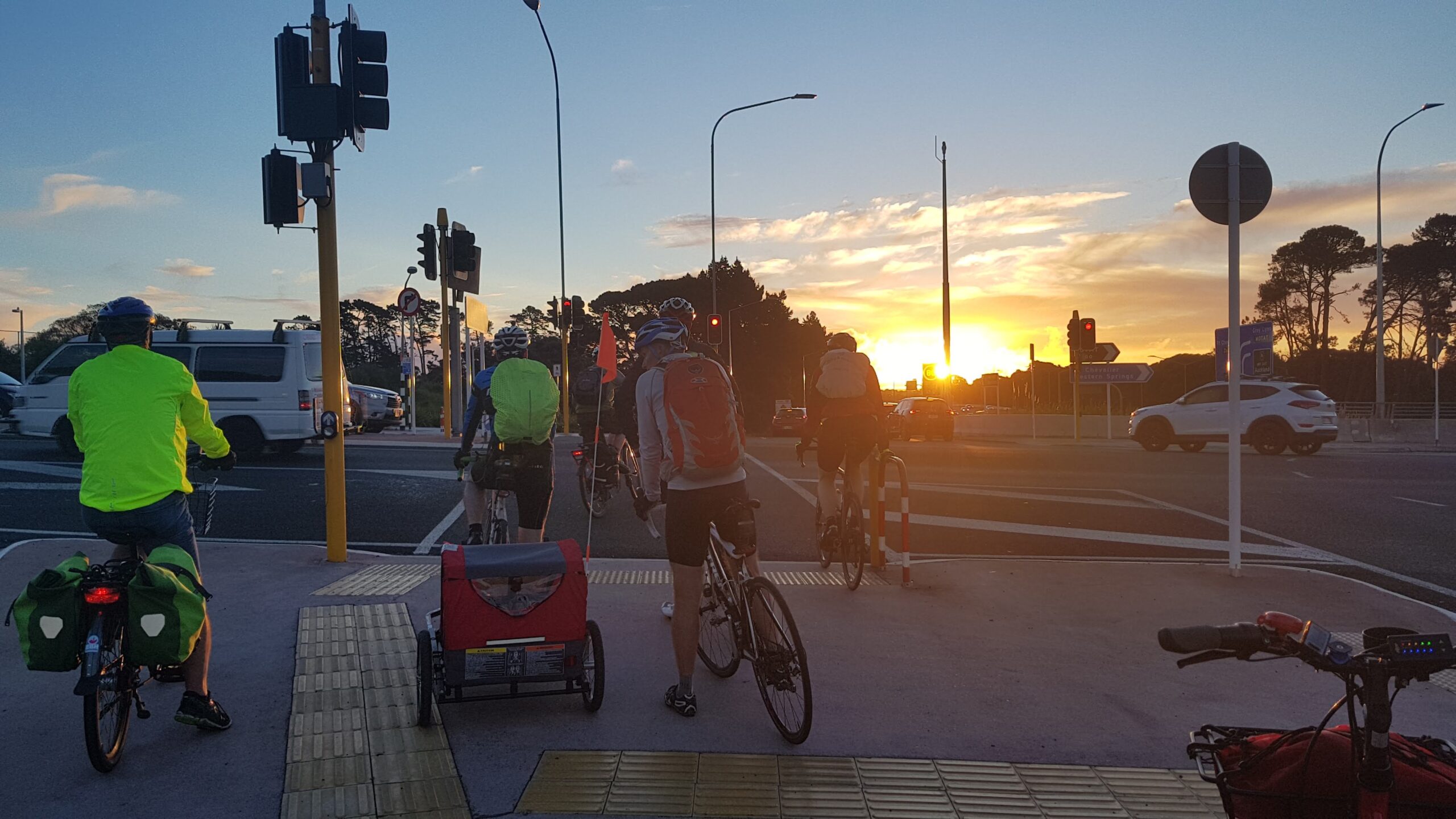
Now, I know that not every corner of Tāmaki Makaurau is as fortunate as my suburb, and not everyone has the luxury of an off-road or even protected on-road place to bike on. This is actually one of the main reasons I chose west Auckland when I had to move out of the Parnell flat – I needed somewhere within about 20kms (which would make my commute under an hour), which had safe places that would let me ride my bike to work. And of course, that meant that the North Shore, where I grew up and my family still lived, was excluded immediately, because there wasn’t any option for cycling across the Harbour Bridge.
If a bike lane had existed, it would have been a commute of about 13kms from Birkenhead to Newmarket – the same length as my commute from west Auckland. I could have got to work in about 30-40 minutes, no matter what the traffic was doing. I could have lived close to my family, which would have meant that visiting them by bike was also possible and practical. And, having run over the Harbour Bridge during the Auckland Marathon, I knew that the incline isn’t as steep as it seems. It was totally possible by bike!
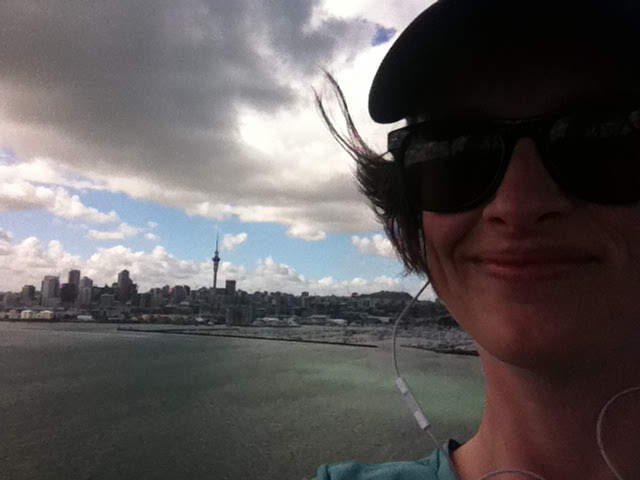
Sadly, this was yet another ‘No, you shall not (bike) path!’ moment.
It has been over 45 years since the first bike crossing on the Harbour Bridge was proposed all the way back in 1976. Advocacy groups organised campaigns and petitions, and in 1979 a shuttle bus service was even tried, but ultimately failed as the bus kept breaking down! If you want to know more about this timeline of awesome advocacy – including the rise and fall of the Skypath dream – you can check out this great breakdown here:
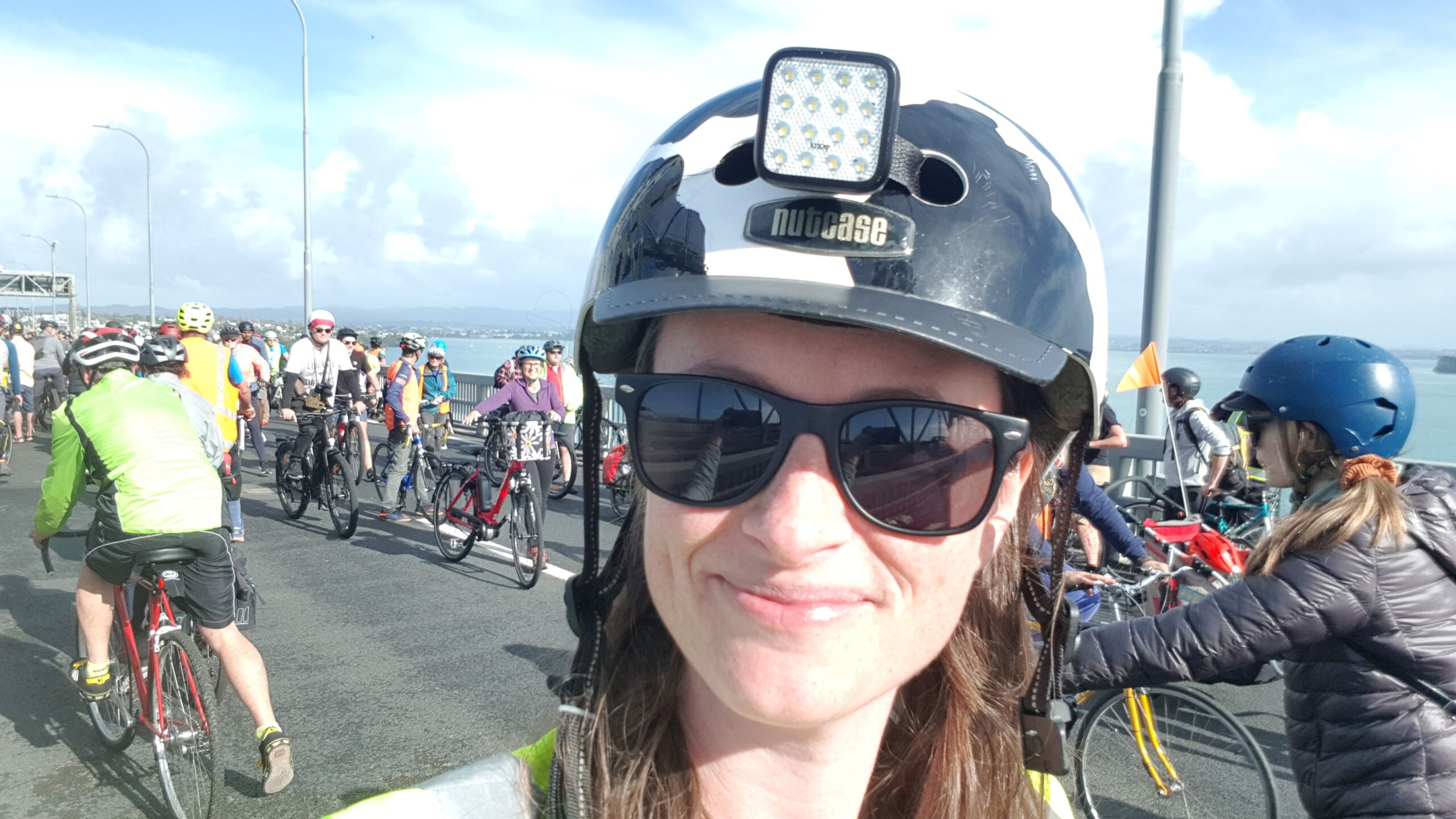
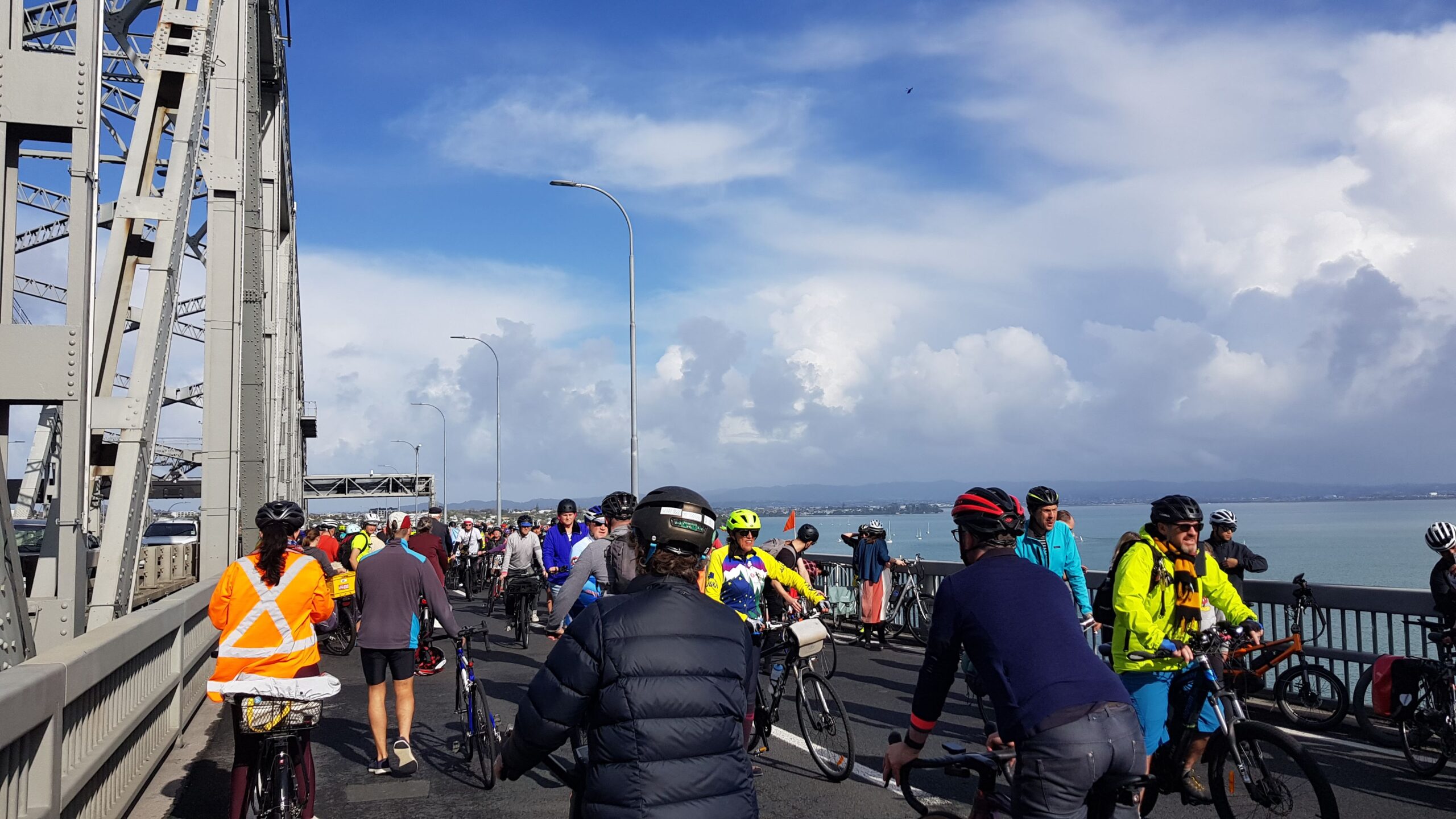
The most recent proposal for giving Aucklanders a way to walk and cycle over the Harbour Bridge was part of the Waitematā Crossing options. All include walking and cycling – some options even made space for these on the existing Harbour Bridge – but, under these plans, it would take an additional 10 – 20 years for people to have access.
And of course, this puts Aucklanders right back where we started – with no current way to cross the harbour bridge, except by private vehicle, taxi or bus.
We can’t wait another decade to hear a yes, you can (bike) path.
Climate change isn’t going to wait that long – it is already here, and we need to be acting just as quickly in response. What we need now is our council, and transport agencies, and the Ministry of Transport to take positive action, rather than saying no, it’s too hard or just not important enough.
Give us the lane and we’ll use it!
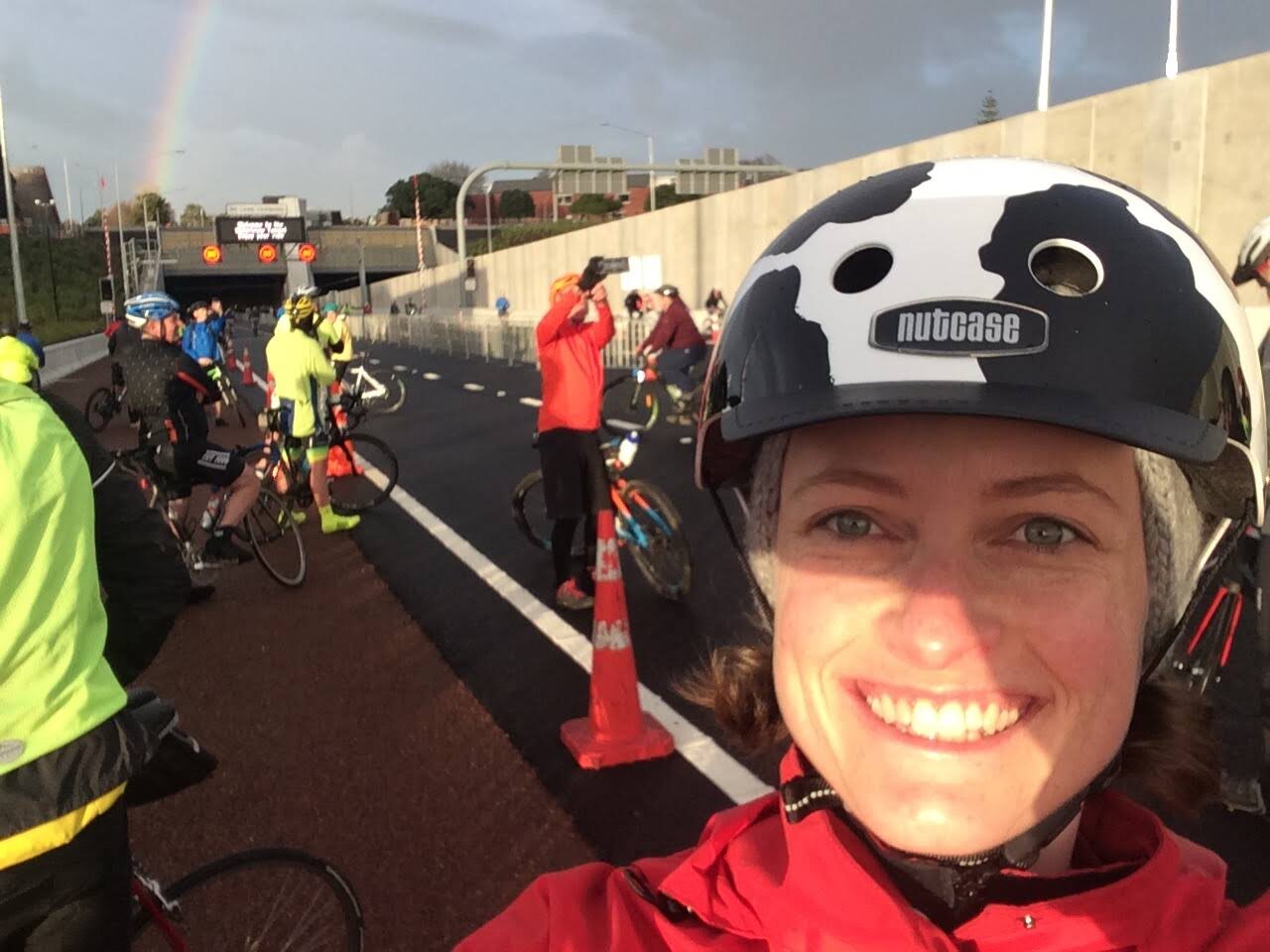
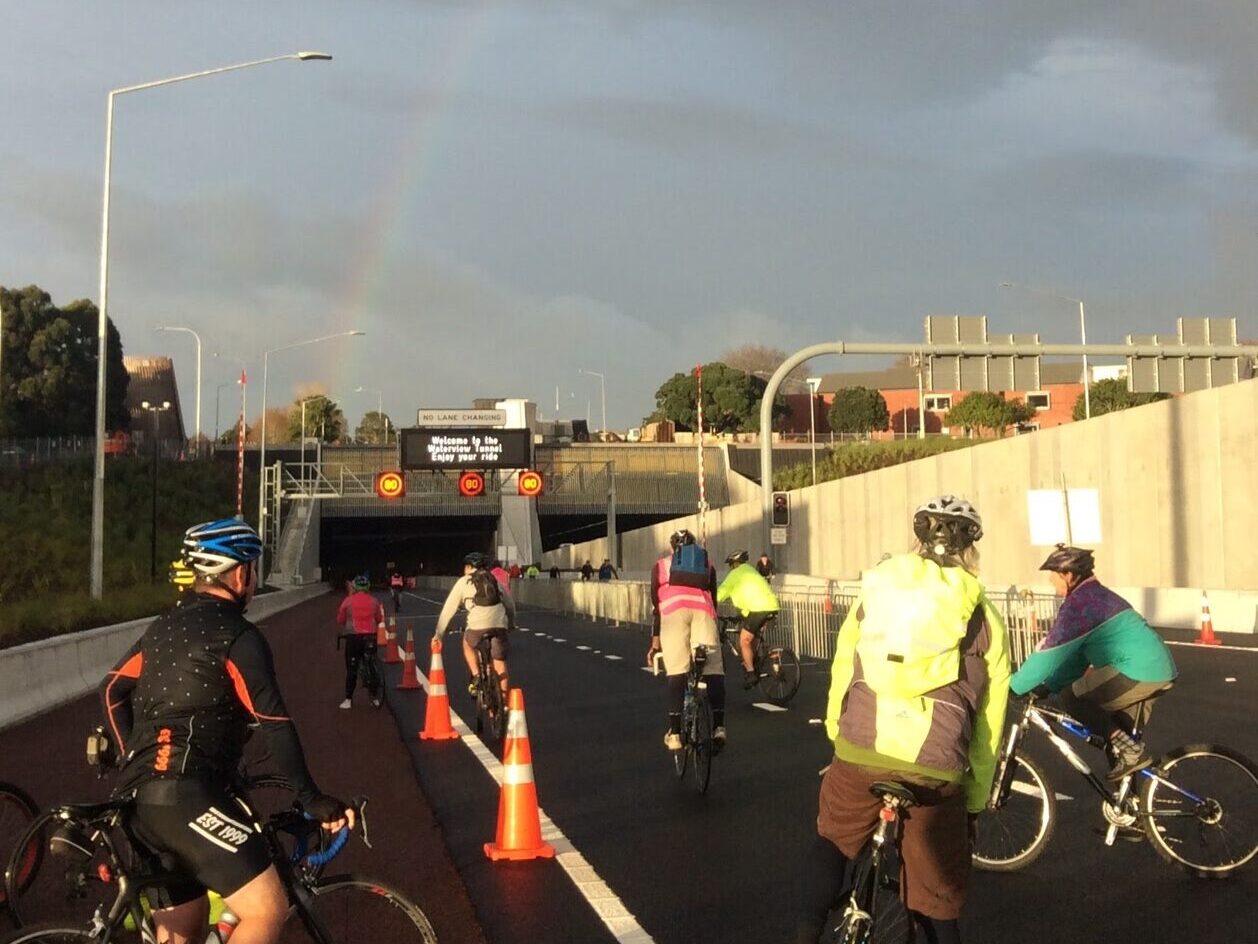
Would you like to share your story of why crossing the Harbour Bridge by bike (or mobility device, skateboard or scooter) is important to you? We’d love to hear from you – contact us.

